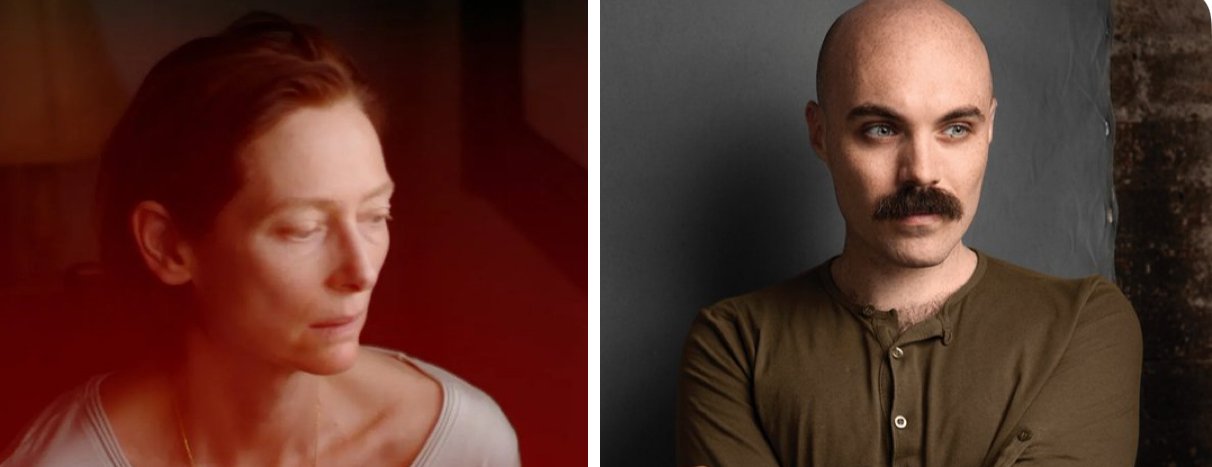By now, you’ve probably read critics herald Ryan Coogler’s “Sinners” as the second-coming of the Hollywood blockbuster. It’s the kind of hyperbole that should always be taken with a grain of salt.
Yes Coogler, finally freed from the constraints of big-budget franchises, throws everything he’s got in “Sinners.” The film promises a lot — and at times it delivers. A dense fusion of period drama, musical, romance, gangster, thriller, and horror, the film is wildly ambitious, sometimes exhilarating, and occasionally exhausting.
Coogler seems determined to throw every idea he has onto the screen, and while the results are undeniably original, they don’t always cohere as a whole. Still, even with its narrative messiness and thematic hesitations, I can’t really dismiss “Sinners.” There’s something captivating about watching a director like Coogler stretch out, even if the seams show.
Set over the course of a single day in 1932 Mississippi, the story follows twin brothers Smoke and Stack (both played by Michael B. Jordan), freshly returned from gangsterism in Prohibition-era Chicago. They’ve brought bootleg liquor, big-city confidence, and a vision: to open a juke joint where their community can gather without fear. It’s a noble goal in a place still haunted by racism and violence, but Coogler doesn’t linger long on that.
The film builds its world with care. We meet an ensemble cast that feels lived-in and vibrant, from the idealistic young cousin Sammie (Miles Caton) to the sultry femme that got away (Hailer Steinfeld). There’s a sense that Coogler wants to honor a full spectrum of cultural experience, and in quieter moments, this shines. But as the film keeps expanding, it becomes harder to stay grounded in any single thread.
Technically, “Sinners” is a marvel. The set design is lush, the cinematography vivid, and the soundscape pulses with energy. In one memorable sequence, Coogler orchestrates a transcendent moment of musical fusion — a visual and sonic montage of Black music history. It’s cinematic bravado of the highest order.
Eventually, vampires show up. Yes, vampires. They crash the party and bring with them a wave of stylized bloodshed shlock. To Coogler’s credit, he directs the horror with verve. At first, there’s tension, gore, and clever nods to genre greats. But it’s hard to shake the feeling that, as the bodies continue to pile up, something richer has been sidelined. In the last 20 minutes, the nuanced world of “Sinners” is suddenly flattened into familiar pulp, and while it’s stylish, it’s not especially surprising.
Ultimately, “Sinners” bites off more than it can chew. Critics might be overpraising this one because it feels timely and bold on the surface. It’s the kind of movie that looks like it has something to say, even when it doesn’t. The film’s early ambition and stylistic boldness create a kind of critical inertia — once you buy into its mythic tone, rich atmosphere, and cultural resonance, it becomes harder to admit when it falls apart.





